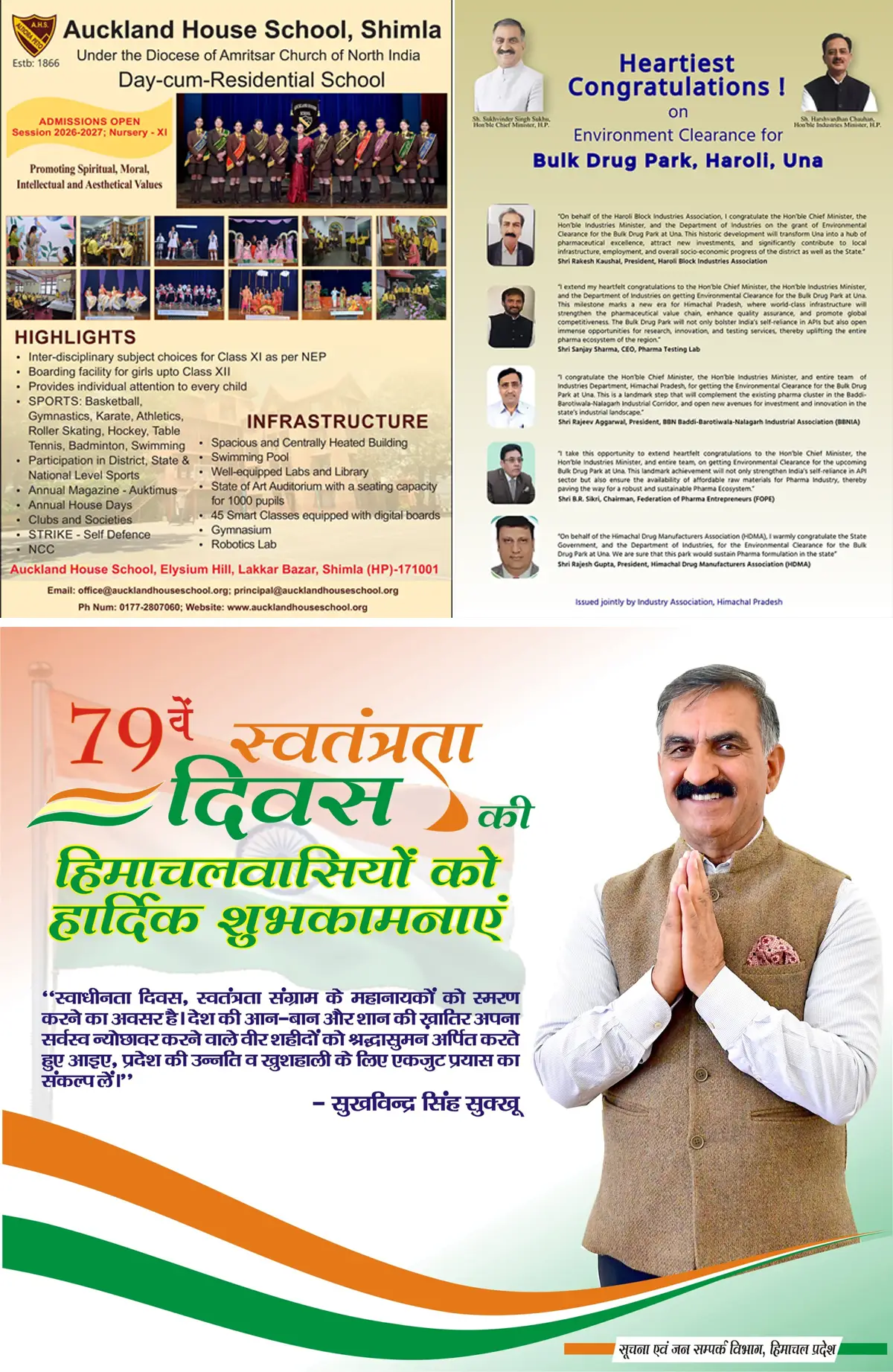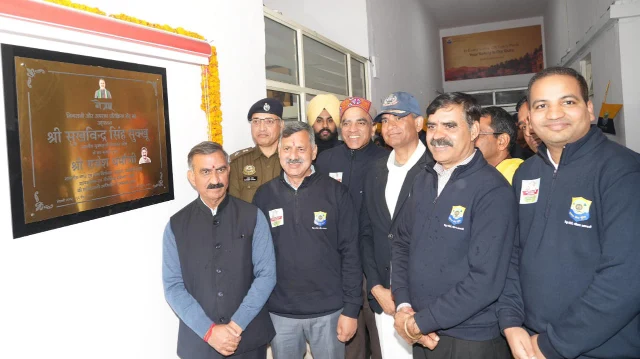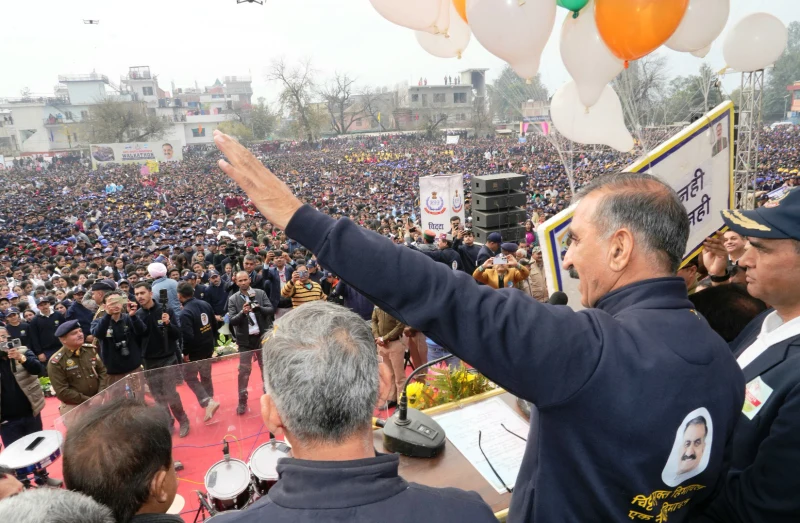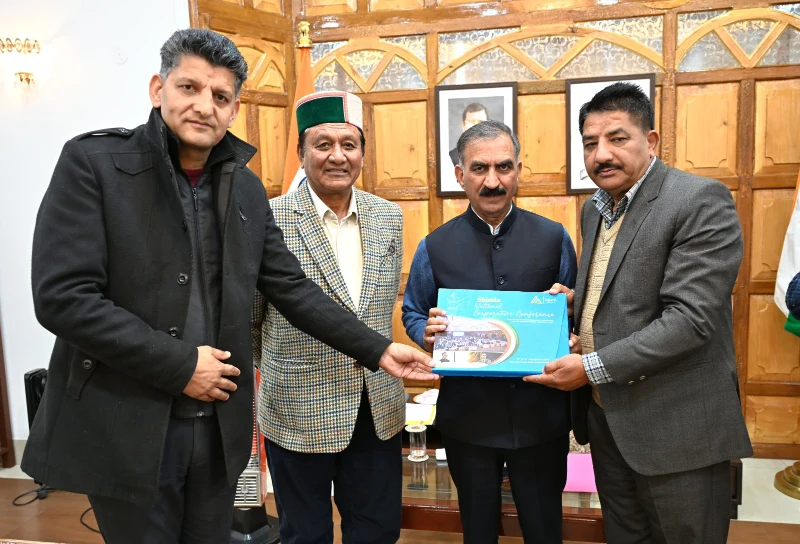Nauni varsity to start fish farming; farmers and students to benefit
2 min read
To increase the income of farmers from agri-horticulture and allied activities, Dr. YS Parmar University of Horticulture and Forestry has started fish farming in the farm ponds at the university. Recently, the university introduced 3,000 fingerlings of four improved strains and varieties of fish at the university.
University Vice-Chancellor Dr. Parvinder Kaushal released these fingerlings into the water storage ponds located in the Model Farm at its main campus in Nauni in the presence of Dr. MK Brahmi, OSD, Dr. KS Pant, Joint Director, Dr. Rohit Bishist, Dr. KL Sharma, Dr. Deepak Sumbria, technical and field staff who will be working on the project.
These fingerlings were procured from the HP State Fishery Department Breeding Farm, Nalagarh. The introduced stock includes Hungarian Carp, Mrigal, Jayanti Rohu and Catla. While Hungarian Carp and Mrigal are bottom feeders, Jayanti Rohu and Catla are column and surface feeders, respectively. The fingerlings have been introduced to promote poly-fish culture.
To study the scope of fish farming in the university, Dr. Hamir Chand, Assistant Director Fisheries visited the main campus farms. Before starting fish culture, Dr. Som Nath, Sr Fisheries Officer, imparted two campus trainings to scientific and managerial personnel of the university to acquaint them with different aspects of scientific fish rearing. Exposure visits to fish breeding farms at Nalagarh and Deoli were also undertaken.
Speaking on the occasion, Dr. Parvinder Kaushal said that the university has taken this initiative to supplement agri-horticulture, forestry and dairy activities. He said that fisheries combined with agriculture, horticulture and dairy activities can lead to a substantial increase in farm incomes. He said that the main objective is to establish commercial fish culture and production demonstration units on scientific lines and undertake research work on the refinement of existing fish rearing and breeding technology to fill up research gaps through new technological interventions. Dr. Kaushal added that we are looking to establish a fish culture-based integrated farming system model by including backyard poultry and duck culture in the future.
This will help to broaden the fish genetic base with the university and to impart training to the farmers especially the unemployed youth of the state, which will, in turn, go a long way to increase fish culture area and enhance fish production and productivity and uplift the socio-economic status of farmers. Besides, the university will be well equipped to provide training to farmers and also impart practical training to the students. The university has also formulated a project proposal on scientific interventions and capacity building to promote fishery in Himachal Pradesh worth Rs.3.00 crore which will be submitted to the Govt. of India through the state government for financial assistance under Pradhan Mantri Matasya Sampada Yojna.






